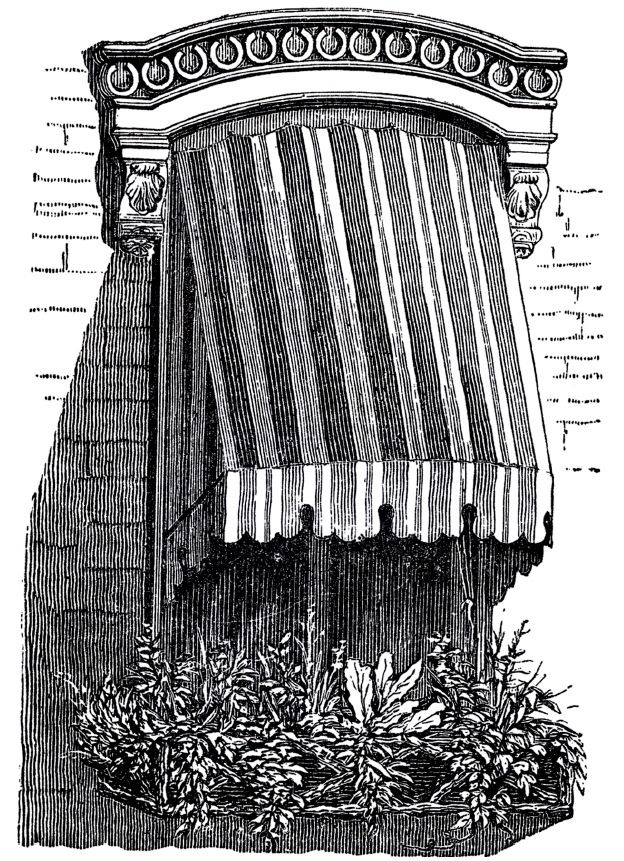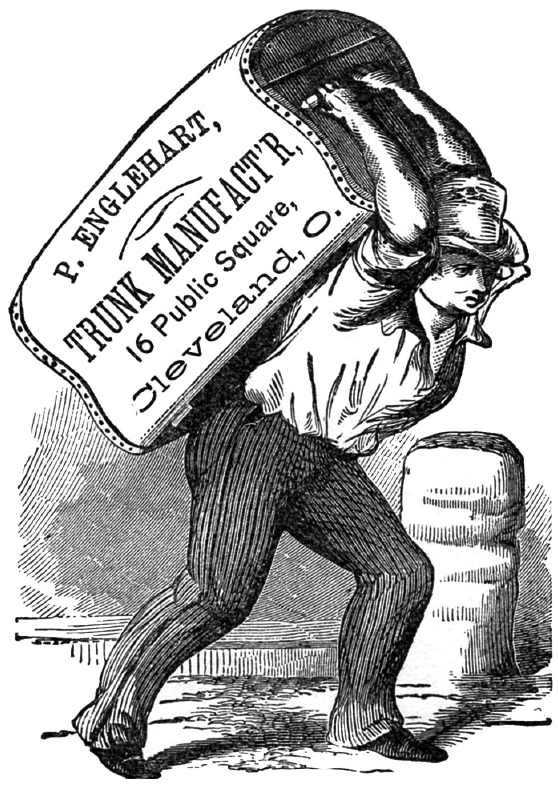Elijah Slocum crafts furniture exactly as a period original. We use the same methods and many of the same tools, glues and finishes that were used to build the antiques you see in the museums. Additionally, the solid timbers and thick veneers we use will behave much the same as 200 year-old solid timbers and veneers. Wood’s characteristics remain as long as it exists, whether it is new or thousands of years old from an ancient Egyptian tomb. Hence, you should maintain Elijah Slocum furniture just as you care for your antiques or your family heirlooms.
 Smithsonian experts provide the gold standard guide for preservation of antiques:
Smithsonian experts provide the gold standard guide for preservation of antiques:
- constant relative humidity of about 50%,
- constant temperature of about 45 degrees or lower,
- total darkness,
- no dirt, pollutants, or insect infestation
- and no handling or use.
While most of us live in a real home, not a museum, we still can take steps to preserve our treasures, preventing most damage with just a little knowledge. Let’s explore the things you can control to assure satisfaction and long life of your investments in fine furniture, art and antiques.
Relative Humidity & Temperature
The greatest damage to furniture comes from wide swings in relative humidity. When the temperature in your room rises, it lowers the humidity and vice versa. Wood “breathes” water as relative humidity rises and falls. This “breathing” triggers swelling and shrinkage, movement that causes the components and joints to push and pull against each other continually, often resulting in joints no longer fitting snugly or even broken.
Modern heating systems drive down relative humidity in the winter, invariably causing these problems for the furniture and making the environment less comfortable for humans. Adding humidity to the environment, with the service of a humidifier, will not only safeguard the life of your valuable, it will make it more comfortable for you at a slightly lower room temperature.
To adjust the effects of seasonal humidity changes use the following guide:
| Temperature | Relative Humidity | |
|---|---|---|
| Cool months | 70° | 35-45% |
| Warm months | 75° | 50–60% |
Light
 Light damage appears as discoloration, usually bleaching, is usually cumulative and permanent.
Light damage appears as discoloration, usually bleaching, is usually cumulative and permanent.
Avoid extended period of direct sunlight or elevated light levels.
Maintenance
For routine cleaning dry dusting with a soft cloth is recommended to prevent scratching or damage to polished surfaces from dirt or dust.
For long term maintenance the best product for wood is a coating of good paste wax, avoiding oil based products. Oil based products tend to build up a gummy, tacky surface that attracts dust and dirt. Wax is stable and does not change chemically over time, providing protection from moisture and pollutants. Following the directions on the can, a thin coat applied is all that is needed, generally no more than once a year.
 Handling
Handling
Most damage occurs to furniture when it is being moved. Tables should be lifted by the apron or legs, not by the top. Chairs should be lifted by the seat rails and not by the arms or the crest rail. Do not drag heavy pieces across floors, as excessive lateral pressure on legs and feet can cause them to shear off or for leg joinery to fail.
Careful handling, with these guidelines in mind, will extend the life of your fine furniture.
